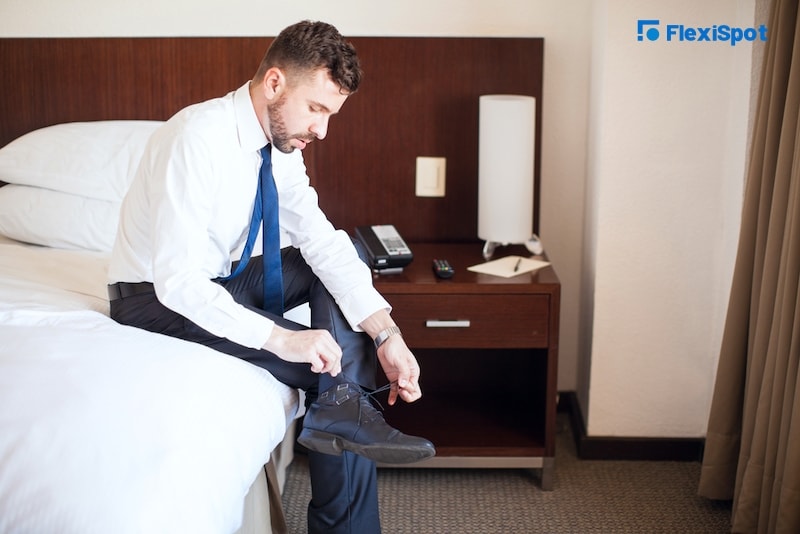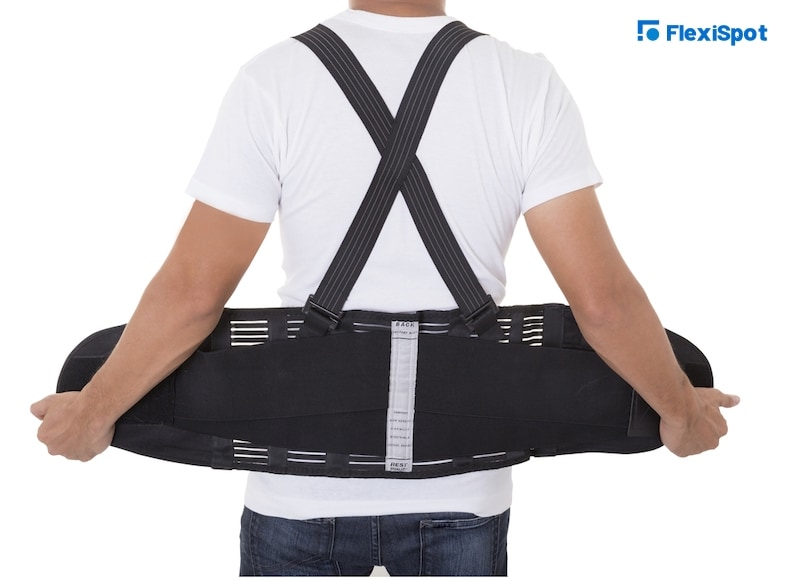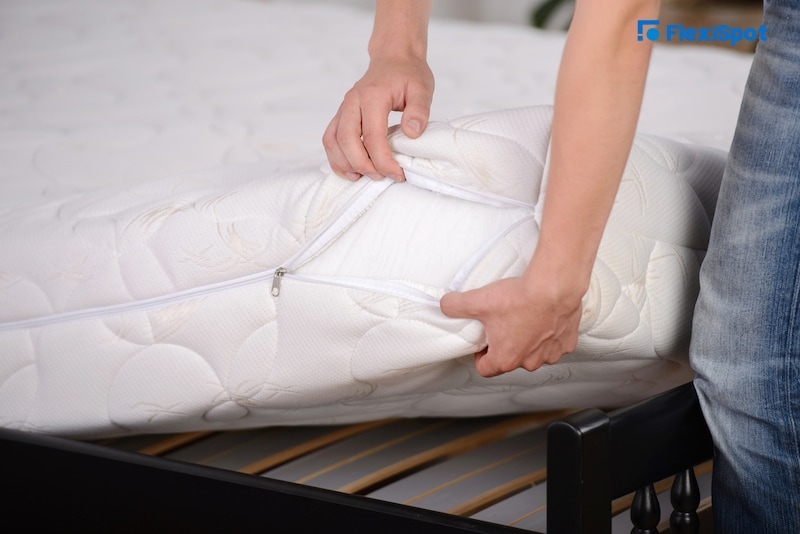Sciatica refers to a common type of nerve pain in the leg resulting from irritation of the sciatic nerve that originates from the lower back. As a result of irritation or compression of the sciatic nerve, you may experience backache that radiates down to your leg. In some cases, the pain may travel down to the foot. Sciatic pain typically affects one side of the body, and the resulting pain may be constant or intermittent depending upon the compression or irritation of the sciatic nerve.
Sciatica is typically a result of some underlying condition of the spine, including herniated disc, lumbar spinal stenosis, and degenerative disc disease, which irritates the sciatic nerve. In most cases, people may recover from sciatic pain. However, the underlying condition may permanently damage the nerve root. Therefore, it is critical to get adequate treatment for the underlying condition to alleviate sciatic pain and improve quality of life. Common treatments for sciatic pain include pain management through medication and physical therapy, and epidural steroid injections. In some cases, surgery may be recommended to relieve sciatic nerve irritation. However, several other remedies are often commonly overlooked, which you can try to improve sciatic pain.
In what follows, we look at seven commonly overlooked sciatic remedies that you need to try, which will aid in alleviating sciatic pain and improving your quality of life.

#1. Apply Constant, Low-Level Heat
When you apply heat to your lower back, it typically improves the blood supply in the area as the blood vessels dilate in response to heat. When the supply of blood improves in your back and rear pelvis, it brings in more oxygen and nutrients for the region that aids in decreasing tension and spasm in your muscles. As a result, the application of heat relaxes your muscle fiber and contributes to reducing pain.
One of the best ways to apply heat to relieve sciatic pain is to go for commercial adhesive heat wraps that typically adhere to your skin and can be worn under your clothing. Adhesive heat wraps can provide a low level of heat for up to 8 hours which can turn out to be one of the best ways to relieve sciatic pain as you can conveniently use them while at home or at work. However, when you are using constant, low-level heat to manage sciatic pain, make sure you follow the package directions to avoid damage to your skin or tissue.

#2. Stretch and Strengthen Your Muscles
Another commonly overlooked remedy for managing sciatic pain is the strengthening and stretching of your muscles which will help in relieving back pain.
Stretching and strengthening exercises can aid in relieving stress in your lower back and also promote healing of the soft tissues. Moreover, stretching and strengthening exercises also help improve the functioning of the nervous system and aid in decreasing pain sensitivity. Strengthening and stretching exercises focus primarily on your building and strengthening your muscles, and when your muscles are strong enough, they provide support to your spine and the nerve roots.
When experiencing sciatic pain, do not solely rely on medications and physical therapy. Instead, incorporate stretching and strengthening exercises in your everyday routine to treat pain and soreness. You can try stretching and strengthening workouts at your home or office and even incorporate sitting stretches that you can easily try at your desk.
When incorporating stretching and strengthening exercises to relieve sciatic pain, always remember that if you are currently experiencing a sciatic flare-up, make sure you use heat therapy to loosen up stiff muscles and tissues before you try out the stretches and strengthening exercises. You may also use an ice pack following the exercise to help soothe the pain and soreness in your muscles. Moreover, don’t forget to start slow and within tolerable limits. You may start with just one or two repetitions and gradually increase the frequency of your workout to improve muscle strength.
#3. Invest in an Ergonomic Office Chair
Sciatic pain is caused by a wide range of underlying problems, including herniated disc, spinal stenosis, and arthritis, but if you are largely sedentary for most of your days, which is quite common for a desk job, you should be concerned about your risk for developing sciatica. Inappropriate posture while working and office chairs that aren’t ergonomically designed can contribute to the condition. Therefore, one of the best ways to reduce your risk of sciatica and manage the symptoms of the condition is to invest in an ergonomic office chair.
You may be wondering what the difference between a regular office chair and an executive chair is? An ergonomically designed office chair can significantly improve your posture and aids in providing better support to your spine, ultimately improving your quality of life.

#4. Choose Practical and Comfortable Footwear
While your workspace setting and chair are critical in improving sciatic pain, choosing comfort over style is another commonly overlooked sciatic remedy that you need to try. Many people choose fashion over comfort, which is never a great choice, especially if you are experiencing sciatica. A better alternative is to invest in practical and comfortable footwear that provides adequate support to your foot and ankle. It is even more important if your job requires you to be on your feet all day.

#5. Wear a Lumbar Brace or Belt
Weak muscles in your back may aggravate sciatic pain, but you can relieve this discomfort by wearing a lumbar brace or belt for short durations. The use of a lumbar brace or belt can provide enough support to your lumbar tissues. Moreover, it can also help restrict the movement of your spine, which aids in relieving pain from nerve roots.
You may also find certain types of braces that support the groin area and help restrict the radiation of pain down to your leg. You can find several different types of lumbar belts online or at a pharmacy, and you can wear them under your clothing. Make sure you choose a lumbar brace or belt that is adjustable and fits correctly. Moreover, it should be made of breathable material and must have an anti-slip design for adequate support.

#6. Apply Topical Pain Medication
Most people with sciatic pain often resort to oral pain-relieving and anti-inflammatory medications. However, let's not forget that you can find several OTC topical pain-relieving medications that can provide fast and effective pain relief. Topical pain-relieving and anti-inflammatory medications can penetrate into your tissues and act locally, which reduces the risk of side effects that come with oral medication.
When you are using any topical pain-relieving medication, make sure you do not combine it with any type of heat or cold therapy over the area at the same time, as it may reduce the effectiveness of the topical treatment.

#7. Check Out Your Mattress
While your office chair may be one of the culprits of sciatic pain, do not forget that your mattress may also be contributing to your sciatica. If your mattress is too old, worn out, too soft, or too hard for you, it may be time to change the mattress. While there is no medical evidence to support the correlation between mattresses and back pain, your mattress still plays a significant role in the management of back pain. Moreover, when you have a comfortable mattress, it also promotes a good night's sleep, leading to better health and overall well-being.
Final Words
If you are experiencing sciatic pain, then it's time to try one or more of these commonly overlooked sciatic remedies to manage your symptoms. You can also combine more than one of these remedies to ease sciatic pain and associated discomfort. Moreover, don't forget to pay attention to your posture as you sit, stand, walk, and stay active, as a sedentary lifestyle may worsen your symptoms and contribute to long-term nerve root damage.